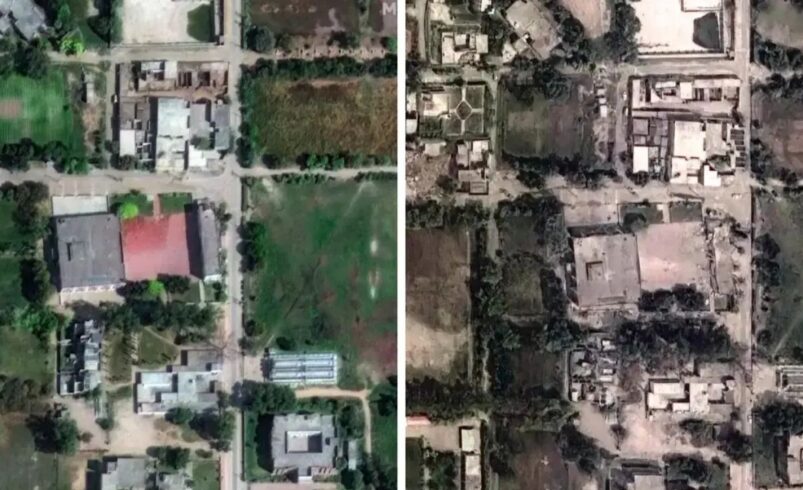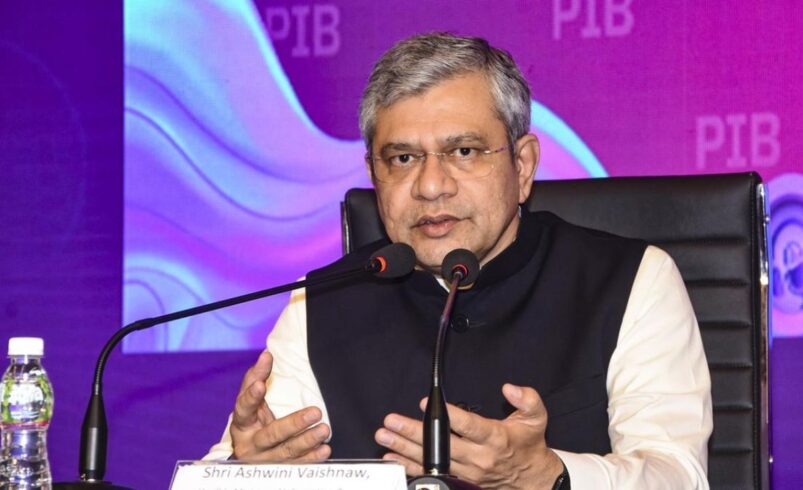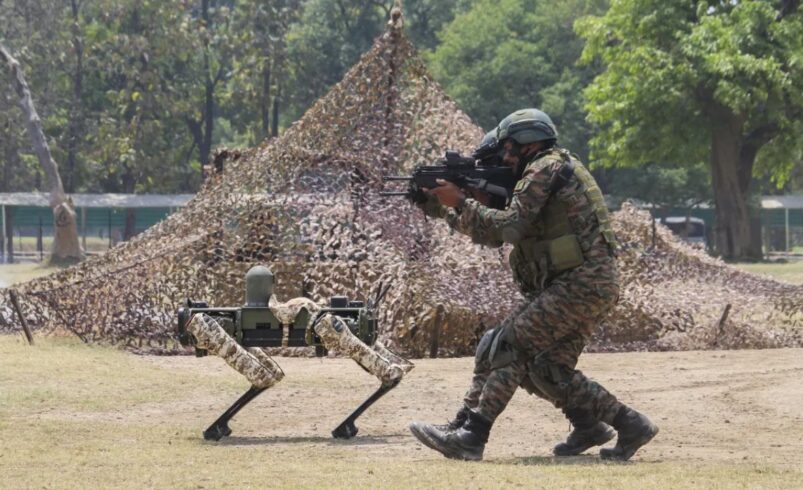In a bold and decisive military move, India successfully neutralised a major missile threat from Pakistan, targeting 15 Indian cities late Wednesday night and early Thursday morning. These targeted locations included key cities in Jammu and Kashmir, Punjab, and Gujarat, such as Srinagar, Pathankot, Ludhiana, and Chandigarh. Pakistan’s offensive involved a barrage of drones and missiles aimed at Indian military establishments, but India’s advanced defence systems, including the Russian-made S-400 missile system, intercepted and destroyed the incoming threats. The retaliation was not just about defence—it marked a calibrated and powerful counter-response aimed at dismantling Pakistan’s ability to strike again.
Precision Response: Indian Forces Hit Back Hard
In retaliation, Indian armed forces launched targeted strikes at Pakistani air defence systems in key strategic locations, including Lahore. The Indian military confirmed that HARPY drones were deployed to disable radar installations, ensuring complete dominance in the aerial domain. These strikes were described by officials as being “in the same domain and with the same intensity” as the Pakistani attacks. The strikes did not randomly target civilian areas; instead, they were precise, aiming only at locations aiding or facilitating terrorism and cross-border strikes. This response was a clear demonstration of India’s ability to hit back swiftly while maintaining focus on military objectives.
Operation Sindoor: Crushing Terror Camps
The missile attack from Pakistan came just a day after India executed Operation Sindoor—a high-intensity, pre-emptive strike on terror bases across Pakistan and Pakistan-occupied Kashmir (PoK). The operation was carried out in the early hours of Wednesday, targeting nine terror camps across Muridke, Balakot, and other regions known for harboring Lashkar-e-Taiba and Jaish-e-Mohammed operatives. Within 25 minutes, Indian fighter jets dropped 24 munitions, including HAMMER smart bombs and SCALP missiles, resulting in the death of over 100 terrorists. Defence Minister Rajnath Singh confirmed these numbers and called the strikes a warning shot for any entity plotting against India.
Aftermath and Diplomatic Fallout
Following India’s retaliatory actions, tensions have escalated along the Line of Control (LoC), with Pakistan increasing shelling and mortar attacks across sectors like Uri, Kupwara, and Rajouri. As per official data, 16 Indian civilians—including women and children—have lost their lives in recent shelling, along with one Indian soldier. The Indian government remains firm on its stand: it seeks no escalation but will not tolerate provocations or terror attacks. Debris from intercepted Pakistani drones and missiles is being recovered and catalogued to present as proof of Pakistan’s role in cross-border terrorism at international forums.
India’s Strategic Message: Peace Through Strength
India’s handling of the crisis conveys a clear and consistent message—peace will not come at the cost of national security. The twin actions of Operation Sindoor and the successful interception of Pakistani missiles highlight India’s readiness and capacity for strategic deterrence. Prime Minister Modi’s vow of “vengeance” after the Pahalgam terror attack has been followed through with calculated precision, not reckless aggression. As international communities watch closely, India continues to act with restraint, ensuring every strike is backed by credible intelligence and ethical warfare principles. The road ahead remains tense, but India has reaffirmed that while it seeks peace, it will respond with strength when challenged.
Get the latest in business, markets, startups, and policy—visit businessnewsindia.in for in-depth updates and follow us on Instagram @businessnewsindia.in for daily bites of what matters most.
Source – ndtv.com









